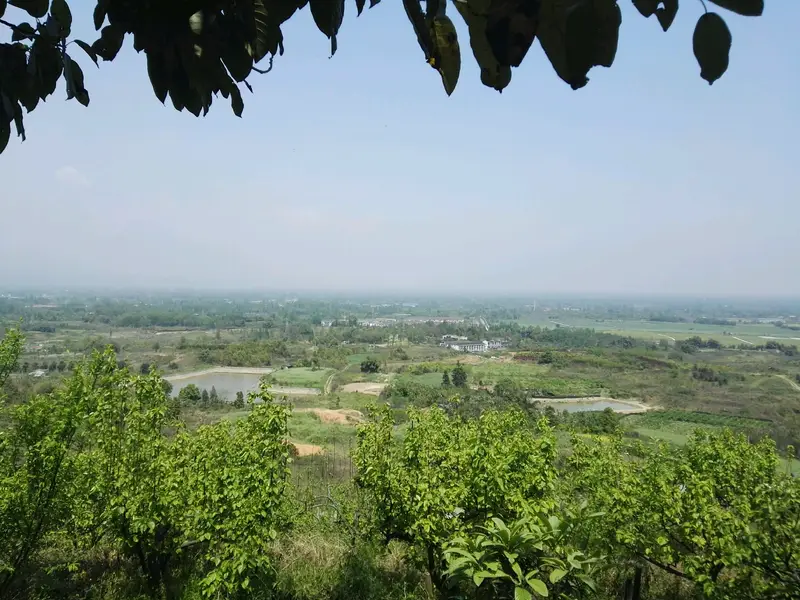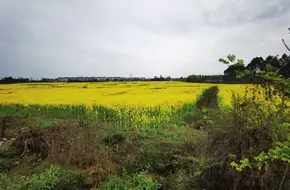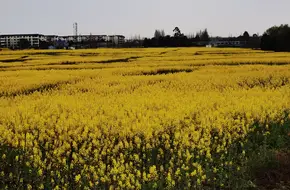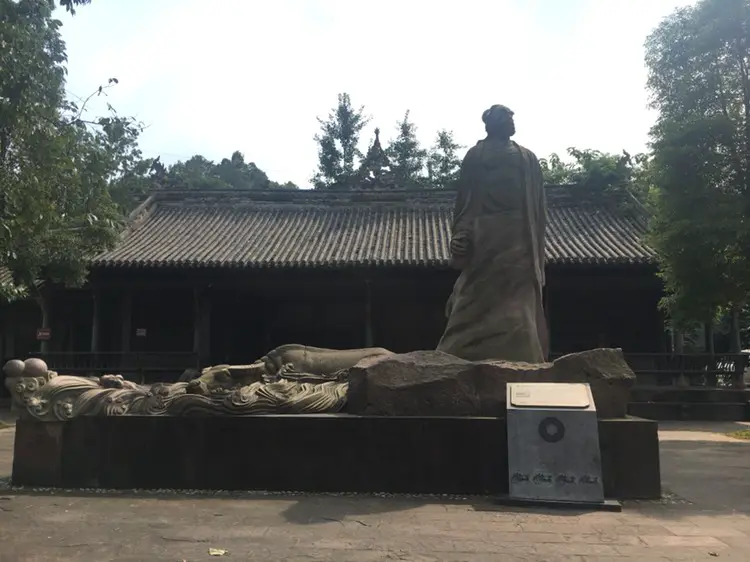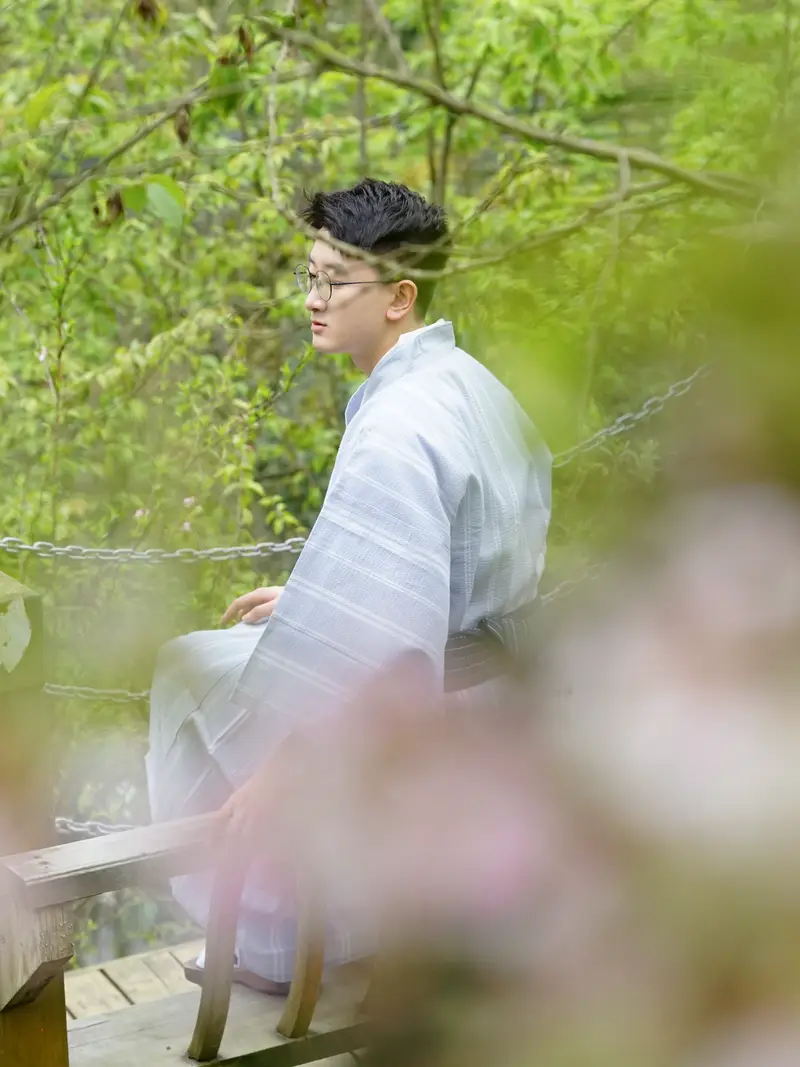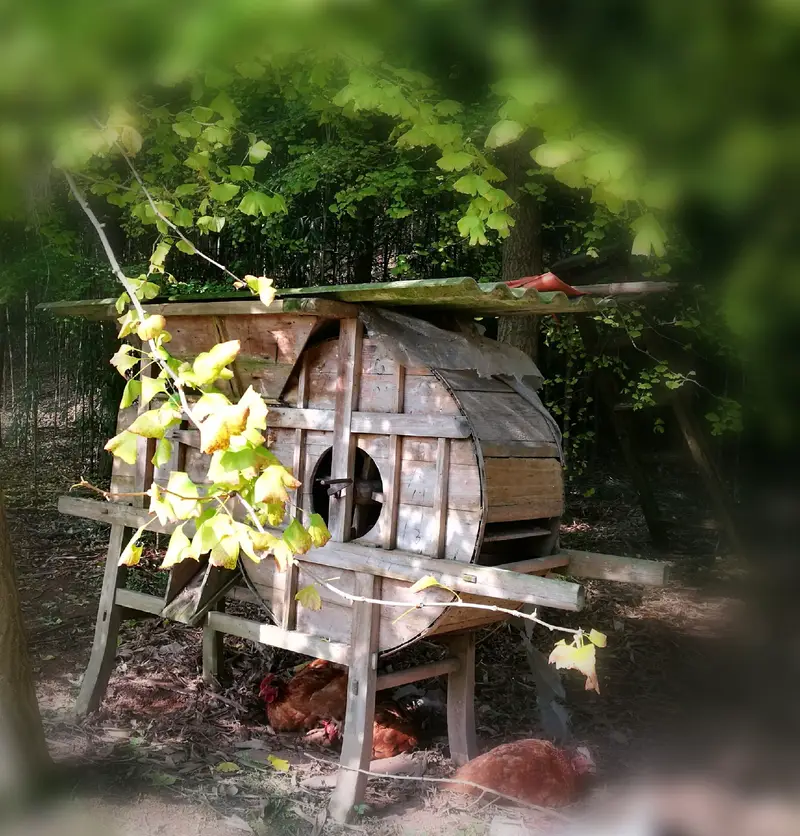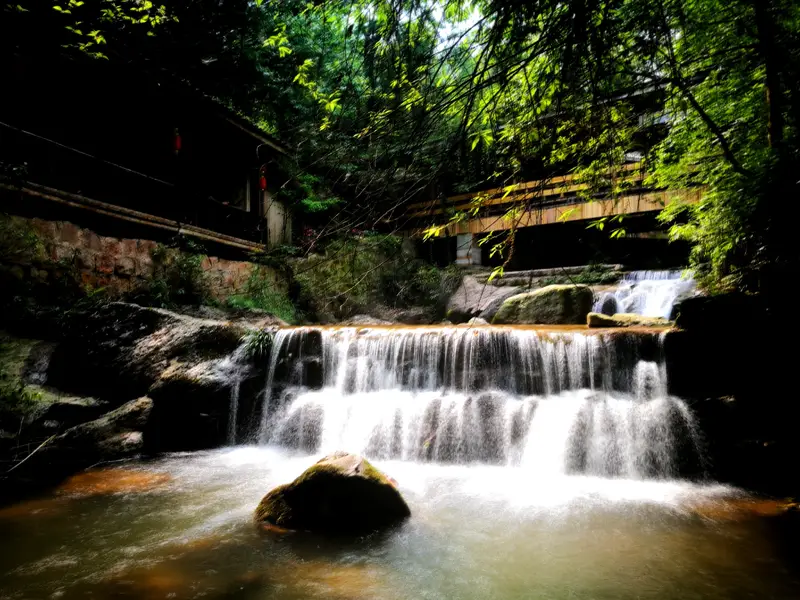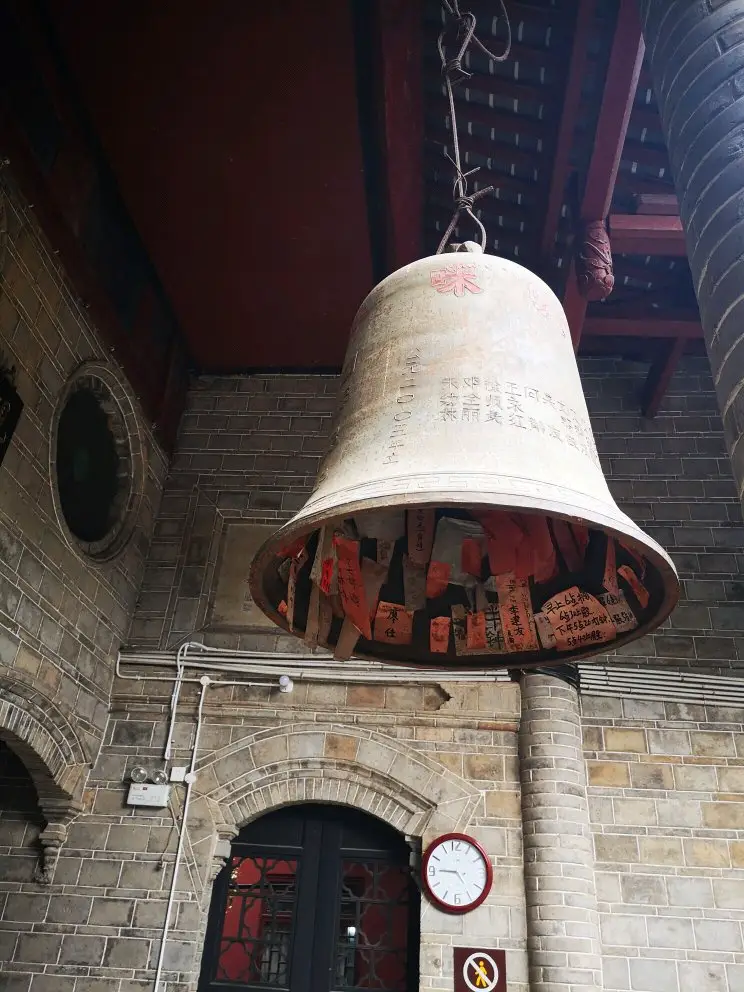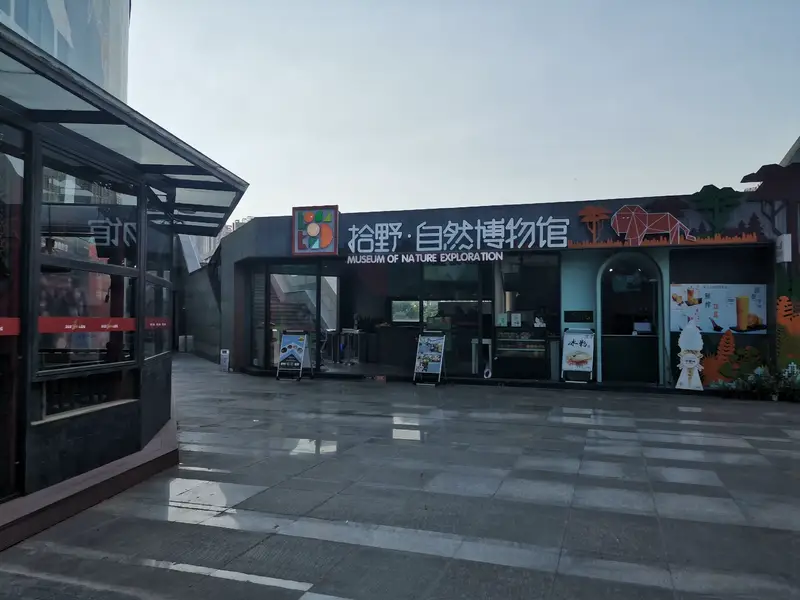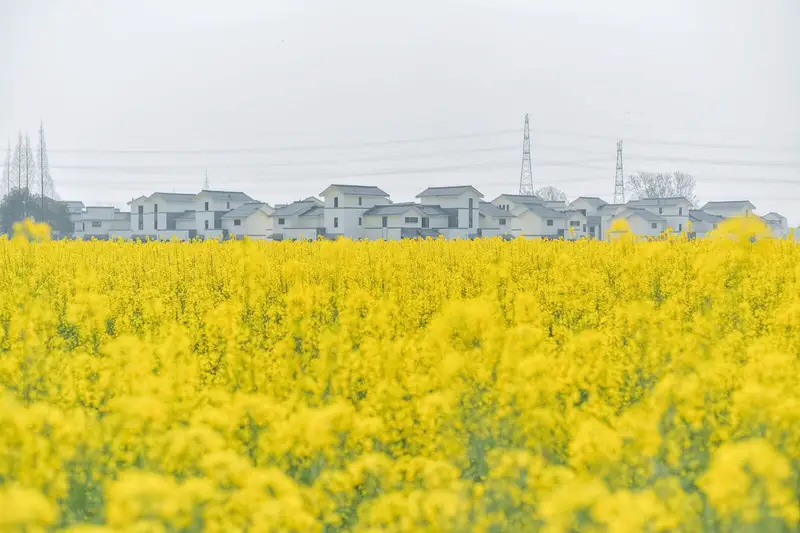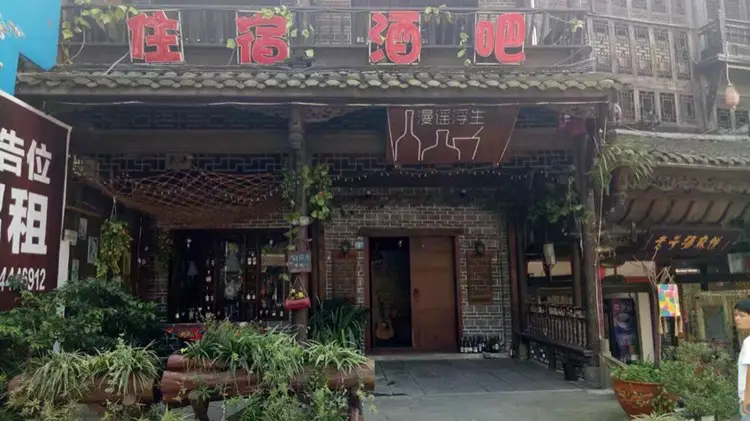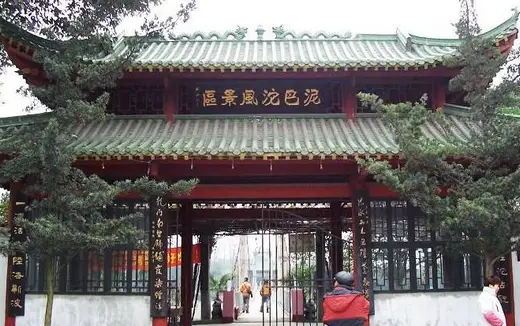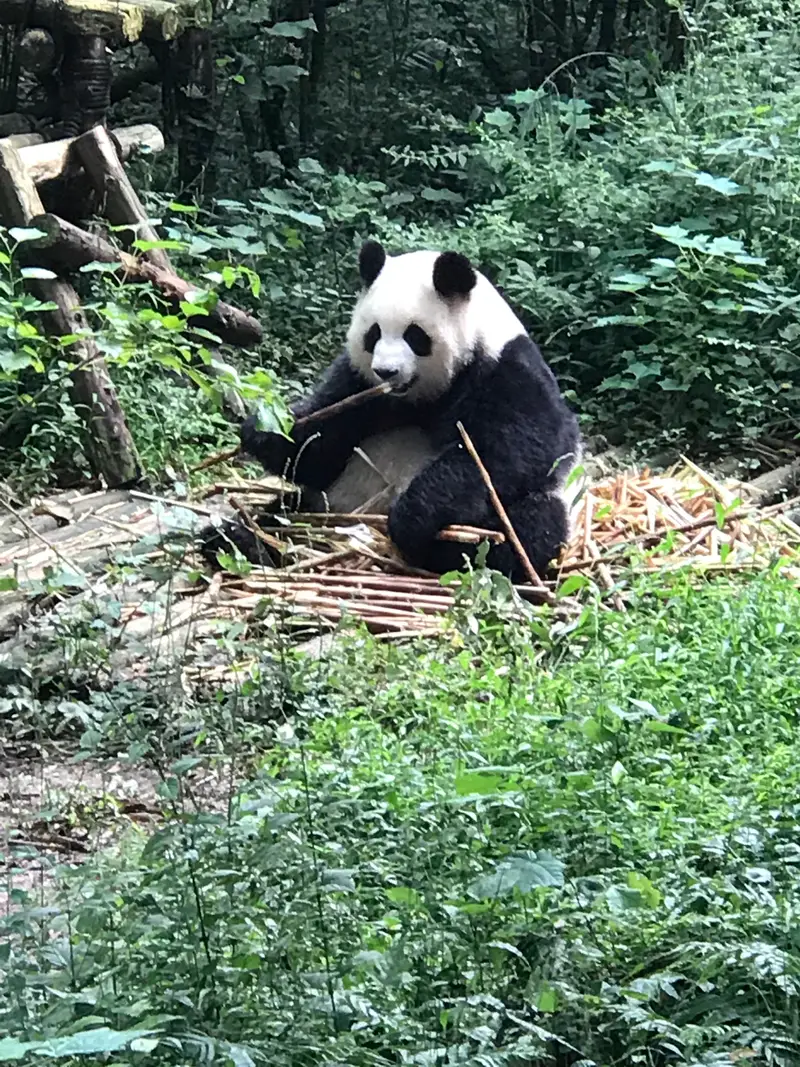Nestled in the lush hills of Chongzhou, High Mountain Ancient Temple feels a world away from downtown Chengdu. The address? Huaguoshan Road, Gongyi Township—think of it as a secret spot tucked near the popular Huaguo Mountain Scenic Area. To get there, you’ll need to embrace a bit of adventure. If you’re driving, punch the coordinates into your GPS and follow the winding roads through rice paddies and bamboo groves. Public transport fans can take a bus to Chongzhou and hop in a taxi—just show the address to the driver (save the Chinese characters on your phone for backup!).
Natural Scenery: A Breath of Fresh Air
High Mountain Ancient Temple isn’t just a historic site—it’s a nature lover’s paradise. Imagine this: mist-covered mountains, ancient trees twisting like sculptures, and a river whispering through the valley. In spring, wildflowers paint the slopes in pinks and whites, while autumn turns the temple’s surroundings into a golden canvas. The air here tastes cleaner, somehow, and the sound of cicadas or birdsong replaces city noise. Bring your hiking shoes—there are trails that loop around the temple, offering views that’ll make your camera work overtime.
Cultural Treasures: History Meets Spirituality
Step inside High Mountain Ancient Temple, and you’re stepping back in time. This place has been a spiritual hub for centuries, with monks chanting sutras and incense swirling through halls filled with Buddha statues and hand-painted murals. The architecture is a mix of Tang and Song styles, with wooden beams carved with dragons and lotus flowers. Don’t miss the main hall, where a giant gilded Buddha sits—visitors say it radiates calm. For a deeper dive, join a guided tour (if available) to learn how the temple survived wars and earthquakes. Even non-religious folks will love the peaceful vibe and intricate details, like stone lanterns etched with Buddhist symbols.
Practical Tips: What to Bring
The temple is pretty visitor-friendly. There’s a small parking lot for those driving, and ticket prices are reasonable (around 30–50 RMB, depending on the season). Inside, you’ll find clean restrooms and a few snack stalls selling local treats like rice cakes and tea. Pro tip: Buy the maple syrup buckwheat pancakes from the lady near the entrance—they’re legendary. If you get separated from your group, don’t panic; signs in both English and Chinese point the way to key spots.
Off-the-Beaten-Path Experiences
Want to avoid crowds? Go mid-week or early morning. The temple glows differently at dawn, especially when the sun hits the roof tiles just right. For something truly special, stay until sunset. As the sky darkens, the temple lights up softly, and you’ll hear monks chanting—it’s like a scene from a movie. If you’re feeling brave, try the “tea ceremony” experience where a monk might teach you how to whisk matcha properly. And if you’re here in winter, the temple’s snow-dusted roofs are Instagram gold.
Day Trip Hacks: Combine with Nearby Spots
High Mountain Ancient Temple is close to Huaguo Mountain, so why not hit two attractions in one go? Start at the temple for culture, then hike over to Huaguo Mountain’s peaks for panoramic views. There’s also a tiny village nearby where locals sell homemade pickles and honey—perfect for souvenirs. If you’re hungry post-hike, head to Chongzhou city for hotpot. Trust us, after a day in the mountains, spicy soup hits the spot.
Why You’ll Love It
High Mountain Ancient Temple isn’t just another tourist stop. It’s a place where history, nature, and spirituality blend so seamlessly you’ll forget you’re in China’s heartland. Whether you’re snapping pics of the temple’s pagoda, listening to monks chant, or simply breathing in the mountain air, it’s a retreat from modern life. Come here, and you’ll leave with a weird mix of relaxation and wonder—like stumbling upon a hidden gem no one else knows about.
(Psst: The temple’s less crowded than Dujiangyan or Emei Shan, but just as magical.)


